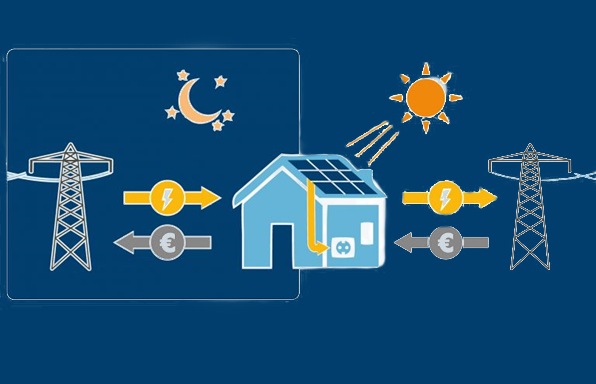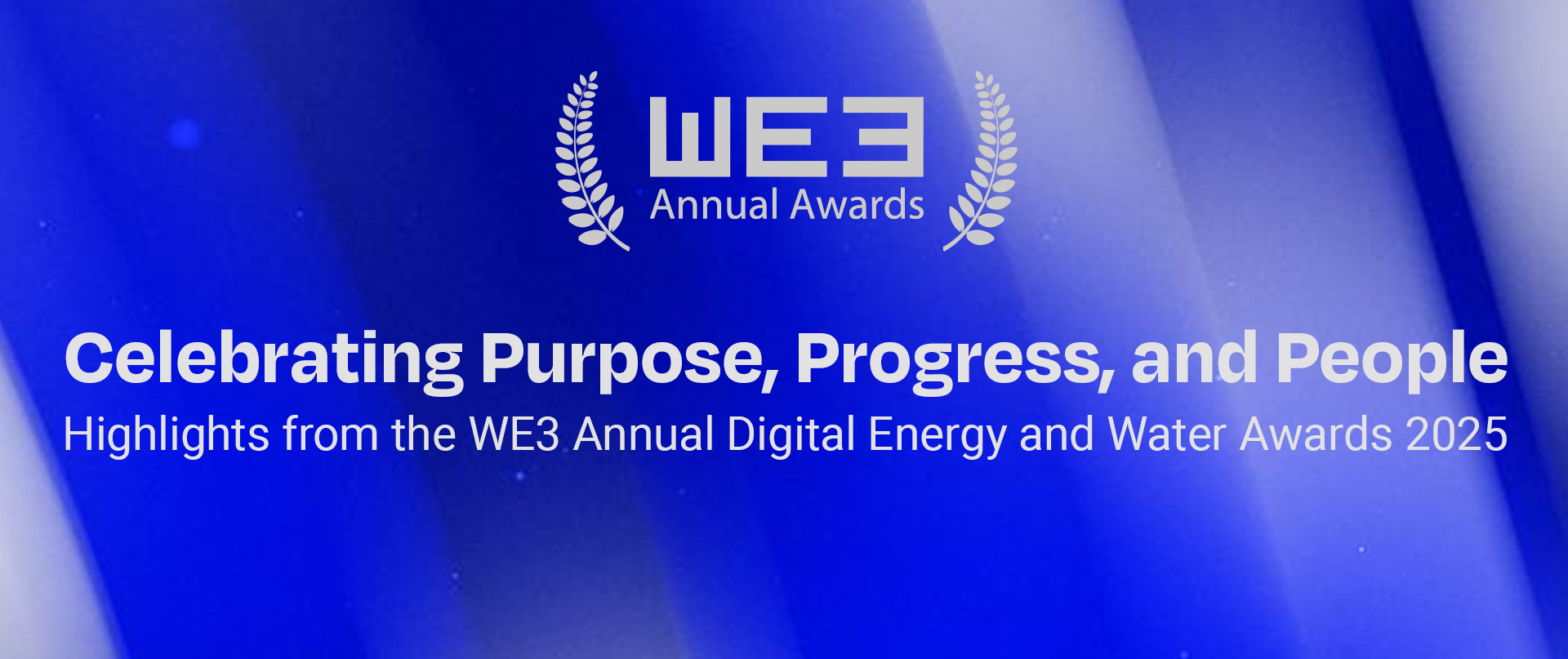Master Blog
From Innovation to Sustainable Impact: Self-Generation and Energy Storage in Focus

For over a century, our engineering marvels have brought power to billions of people around the world. Without its enormous and complex resource build, we could never be where we are today. But now the other reality is looming larger- Climate change- truly one of the greatest challenges of today’s society.
According to the International Energy Agency (IEA) report, energy accounts for two-thirds of total greenhouse gas, which means the energy sector is the central player in efforts to reduce emissions and mitigate climate change.
No doubt amidst these climate crises, authorities and providers across the world are framing environment friendly policies, inviting citizens to reduce their reliance on fossil fuels and are looking for an active role in mitigating climate risks. One of which is extremely evident- is the proliferation of renewables and introducing self-generation and self-consumption of renewable energy.

Well, Self-generation of electricity and Electric energy storage is not a new technology. As far back as 1786, Italian physicists discovered the existence of bioelectricity. In 1799, Italian scientist Alessandro Giuseppe Antonio Anastasio Volta invented modern batteries. Later, in the 19th and 20th centuries, numerous advancements were made in electrical generation and storage technologies.
While the concept is becoming a hot topic now and have eyes on it, let’s deep dive into what is self-generation of electricity- what are its advantages and challenges. What are energy storage systems? And how digital AI self-serve platforms can help end consumers to effectively produce electricity, add on to their bill savings, contribute in reducing carbon footprint and support energy transition?
What is Self-Generation of Electricity and What are its Advantages?
Self-generation, also known as distributed generation, entails producing energy near its point of use, diverging from traditional centralized power generation. This approach, facilitated by technologies like solar panels and wind turbines, empowers stakeholders to wield greater control over their energy supply, curbing transmission losses and fostering a decentralized grid. Solar power, in particular, emerges as a frontrunner in this landscape, offering not only clean energy but also long-term cost savings and reduced reliance on centralized grids.
However, alongside these advantages, self-generation presents challenges:
- Educating consumers about self-reliant energy solutions
- Shortage of trained field workforce
- Documentation gaps in renewable installations
- Lack of awareness regarding regulatory policies
- Fragmented communication channels between consumers and service providers
The question comes that how do we solve these problems? And the answer to all this is – Technology and AI. Navigating these challenges requires a multifaceted approach, where science and technology shall play pivotal roles.
The Role of Energy Storage Solutions
While self-generation is one aspect of serving our emerging energy needs, the other aspect is energy storage management.
Unfortunately, self-generation alone is not always sufficient to meet energy needs, especially when demand fluctuates or when renewable sources like solar and wind are intermittent. This is where energy storage solutions come into play.
Energy storage systems store excess energy generated during periods of low demand or high renewable output and release it when needed, thus balancing supply and demand and enhancing grid stability.
Battery storage is perhaps the most well-known form of energy storage. For instance, homeowners can use battery systems to store excess solar energy during the day for use at night, while businesses can deploy larger-scale battery installations to reduce peak demand charges or provide backup power during outages.
The integration of self-generation and energy storage solutions holds tremendous potential for transforming the way we produce, distribute, and consume energy. By decentralizing power generation and incorporating storage capabilities, we can create a more resilient, efficient, and sustainable energy infrastructure. Communities can become more self-reliant, businesses can reduce operational costs and environmental impact, and individuals can take control of their energy future.
While all above said is true.
It is also important to understand how a consumer and a provider can work in tandem to accomplish self-generation, self-consumption and energy storage ecosystem?
And that’s where Digital AI Self-Serve Platforms come into play.
Digital AI self-serve platforms offer innovative solutions to empower consumers in self-generation and energy management. These platforms utilize artificial intelligence and data analytics to optimize energy production, consumption, and storage.
Imagine a platform that is vertically integrated supporting consumers, field workforce, regulators, and energy providers. A connected platform that ensures empowering and educating customers, supporting filed workforce, personalizing energy efficiency strategies and contribute to a bigger goal that is of a sustainable environment.
Some of the key benefits of these connected platforms include:
- Efficient Energy Production: AI algorithms can optimize the operation of self-generation systems based on factors like weather forecasts and energy demand patterns.
- Cost Savings: By analyzing energy consumption patterns, AI platforms can identify opportunities for cost savings and optimize energy usage to reduce electricity bills.
- Carbon Footprint Reduction: AI-driven energy management can prioritize the use of renewable energy sources, thereby reducing carbon emissions and supporting environmental sustainability goals.
- Support for Energy Transitions: By facilitating the integration of renewable energy sources and promoting energy efficiency, AI platforms contribute to broader energy transition efforts.
What we believe?
We believe that realizing the full potential of self-generation and energy storage will require concerted efforts from policymakers, industry stakeholders, and consumers alike. Utilities and grid operators must adapt their systems to accommodate distributed generation and storage, ensuring grid stability and fair compensation for energy producers. And consumers (most important of all ) need to be educated about the benefits of self-generation and energy storage, as well as supported in making informed choices about technology adoption.
By harnessing the power of renewables, embracing decentralization, and leveraging innovative storage technologies, we can build a more sustainable and resilient energy future for generations to come. It's time to seize the opportunity and embrace the power of self-generation and energy storage to shape a brighter tomorrow.





